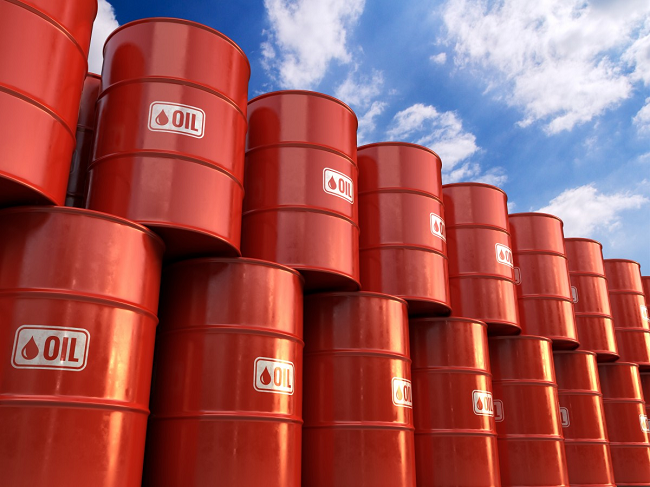While expectations of rate hikes by major central banks are limiting price increases, data from the United States (US) showed a larger-than-anticipated drop in crude inventories, indicating a rebound in the country’s demand outlook.
International benchmark Brent crude closed at $75.47 per barrel, up $0.20 over the previous trading session’s closing price of $75.32 per barrel. West Texas Intermediate (WTI), the American benchmark, was trading at $71.72 per barrel at the same time, up 0.08% from the session’s closing price of $71.66 per barrel.
In contrast to the market consensus of a 1 million-barrel decline, the American Petroleum Institute (API) released their estimate of a fall in US crude oil stockpiles of 3.93 million barrels late on Tuesday.
The US Energy Information Administration’s data on oil stocks will be announced later on Wednesday. A fall in crude stocks in line with the API’s expectations would signal a rebound in crude demand in the US, the world’s largest oil consumer, and support upward price movements.
The price increase was backed by the decline in the US dollar index, which reduced the cost of crude oil for overseas customers. At 9.34 a.m. (0634 GMT), the US dollar index, which gauges the value of the dollar against a basket of currencies including the British pound, Canadian dollar, Swedish krona, and Swiss franc, dropped to 101.483, down 0.24% from Tuesday’s closing price of 101.725.
However, despite the potential interest rate increases by the US Federal Reserve and the European Central Bank on Wednesday, prices are still under pressure. Oil demand would decline as a result of slower economic growth brought on by higher interest rates.
In other markets, the price of Urals, Russia’s premier oil, experienced a year-over-year decrease of about 40% between January and April of this year, according to official estimates.
According to a statement from the Finance Ministry, the price of Russian Urals crude oil fell by 39.7% annually from $84.68 per barrel in the same time last year to $51.05 per barrel from January to April of this year.
The price of a barrel increased little to $58.63 in April of this year, the government noted. EU members came to an agreement in December of last year to restrict the price of Russian crude oil exports that are shipped by sea at $60 per barrel.
Many nations that still buy Russian oil, especially China and India, demand discounts from Russia while running the risk of breaking sanctions.














